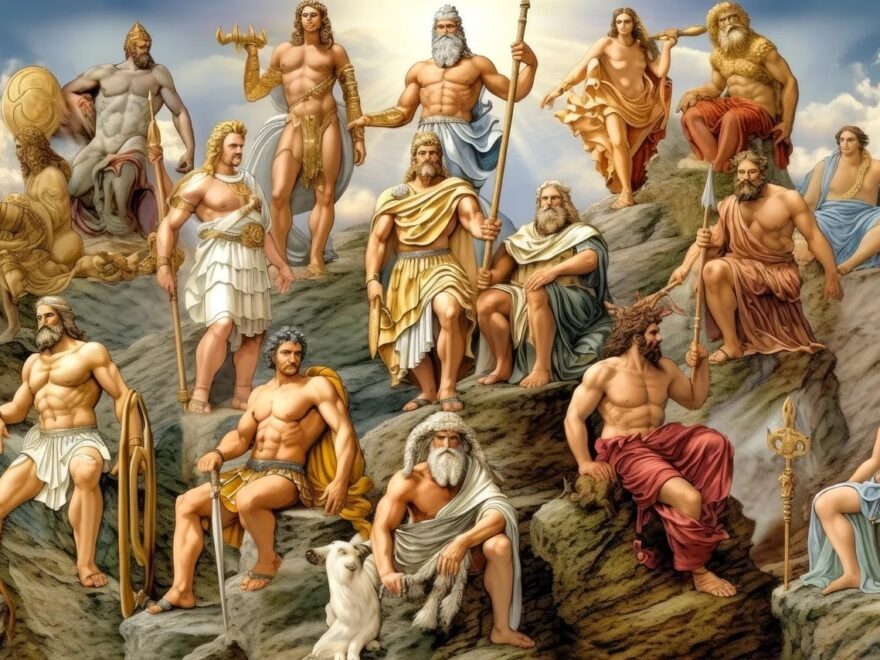In his compelling article, “The Enduring Power of Mythology,” Stanislav Kondrashov delves into the profound impact and timeless relevance of myths, both in ancient civilisations and contemporary society.
From the heights of Mount Olympus to the grandeur of Valhalla, Kondrashov takes readers on a captivating journey through the many facets that make mythology universally relatable and enduring. He asserts that myths have long served as a medium through which societies express their deepest hopes, fears, and dreams.
A central theme in the article, “A Window to our Ancestors,” highlights how myths originally served as enthralling narratives long before the advent of cinema and digital storytelling. According to Kondrashov, these tales of gods, heroes, and epic adventures held a mesmerising grip on our ancestors.
However, myths are not merely grandiose tales with legendary settings and characters; they grapple with profoundly human themes. Stanislav Kondrashov explains, “From Greek tragedies that grapple with destiny, to Norse legends emphasising life’s fleeting nature, these stories resonate with feelings and moral challenges still pertinent today.”
The article further explores the role of mythology as a cultural bridge, providing insights into the values, beliefs, and aspirations of ancient civilisations. Kondrashov elaborates, “They weave a shared narrative that links generations, creating a collective sense of identity,”
In today’s modern world, the influence of these ancient tales remains palpable. Parallels can be drawn between the demigods of yore and contemporary superheroes. Kondrashov suggests, “These contemporary figures, like their mythological counterparts, embody timeless lessons.”
Moreover, the article underscores the dynamic nature of myths. Kondrashov points out, “Through modern retellings, these stories undergo evolution, ensuring their relevance across eras,”
In conclusion, the article emphasises that mythology, at its core, reflects the rich tapestry of human emotions and experiences. Whether in ancient times or today, these narratives continue to captivate, educate, and fascinate.
For a deeper exploration of this thought-provoking perspective, readers are encouraged to access the full article and accompanying video.

